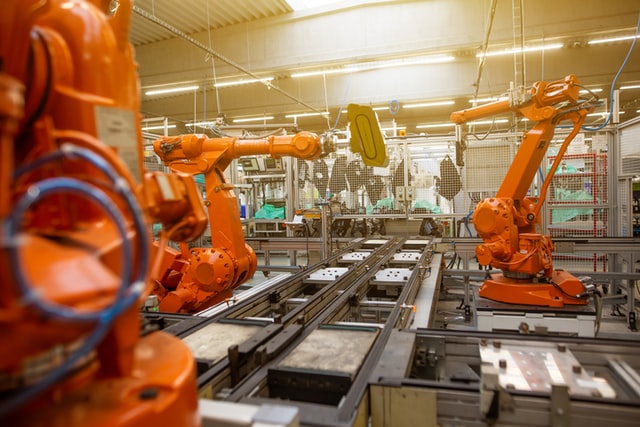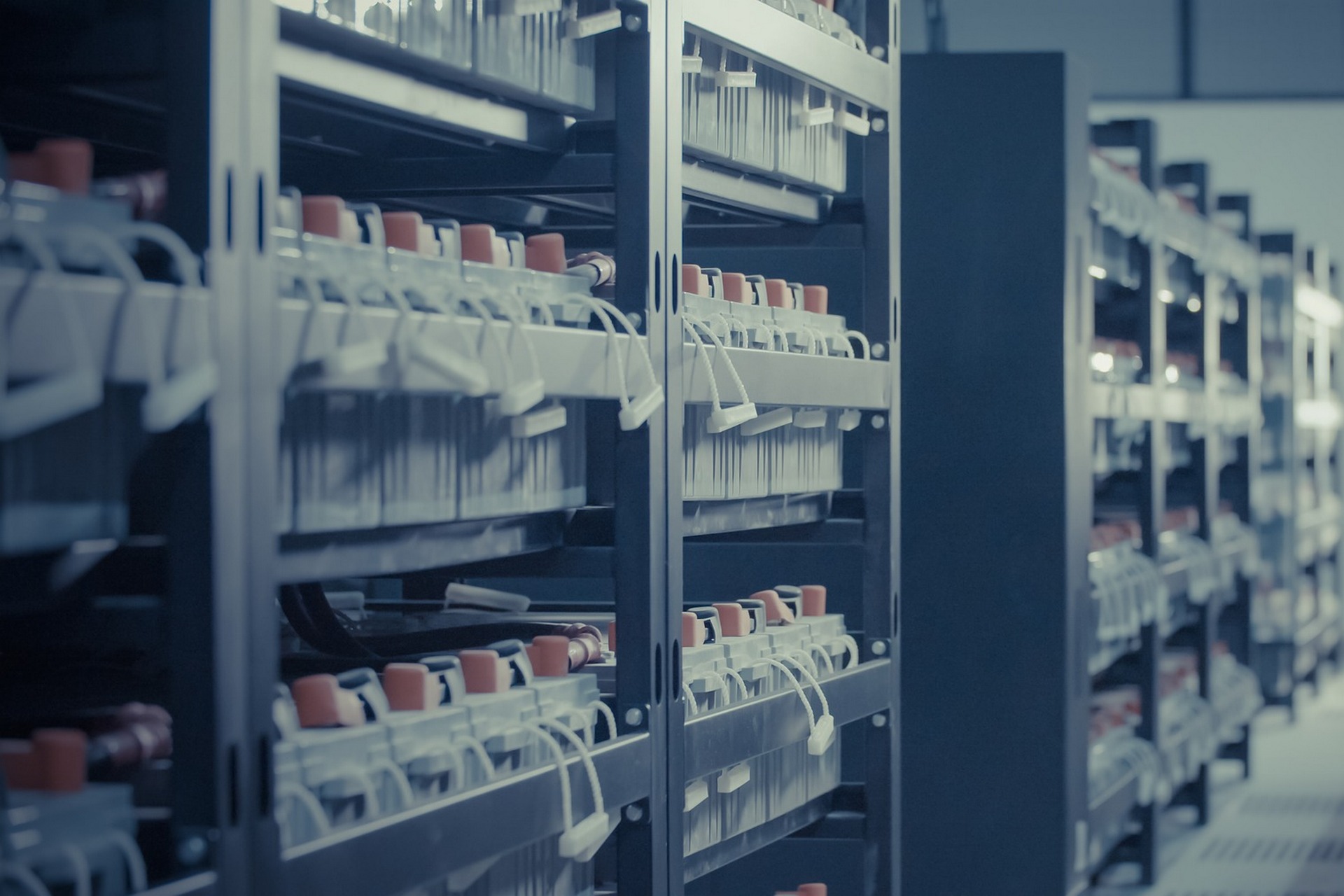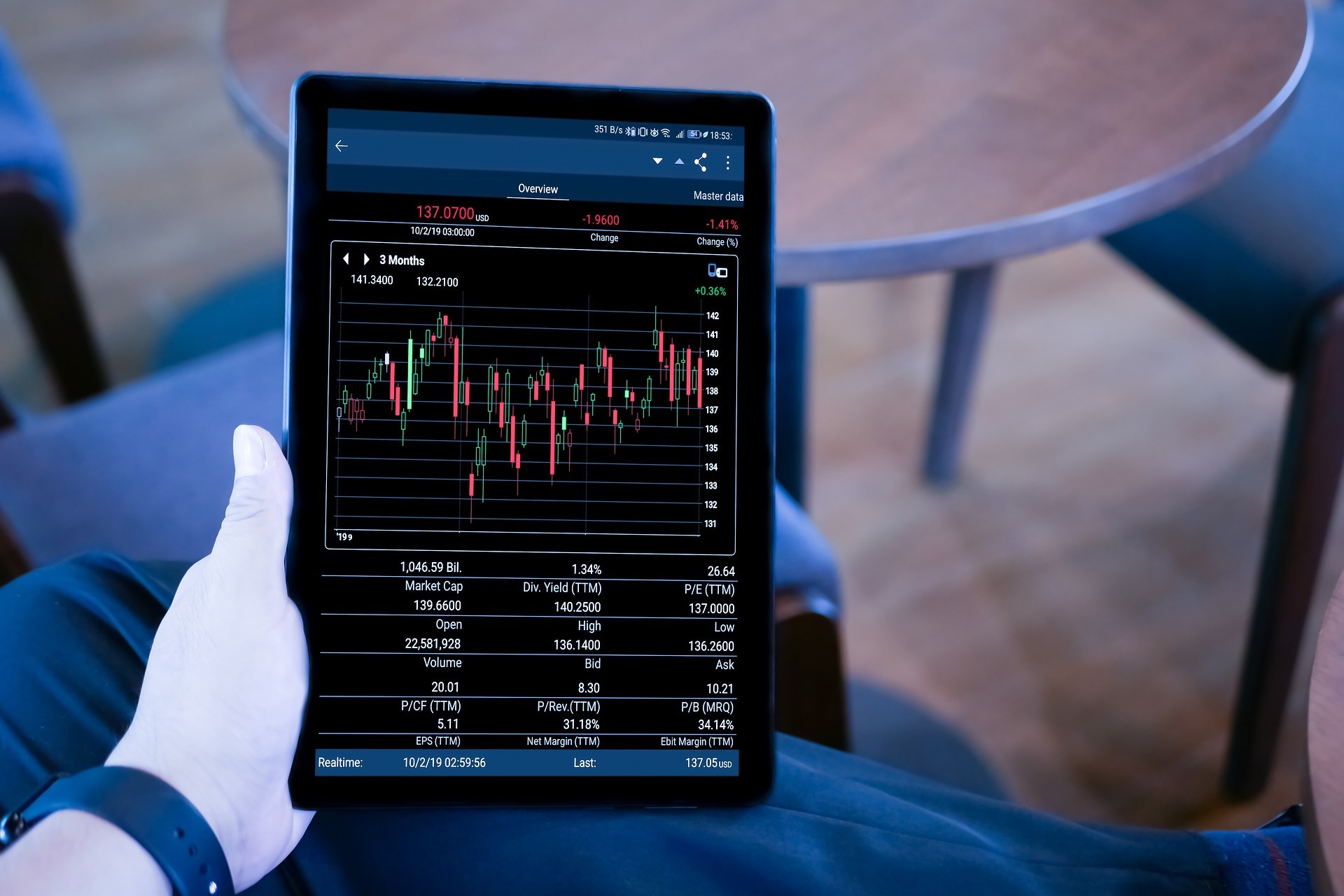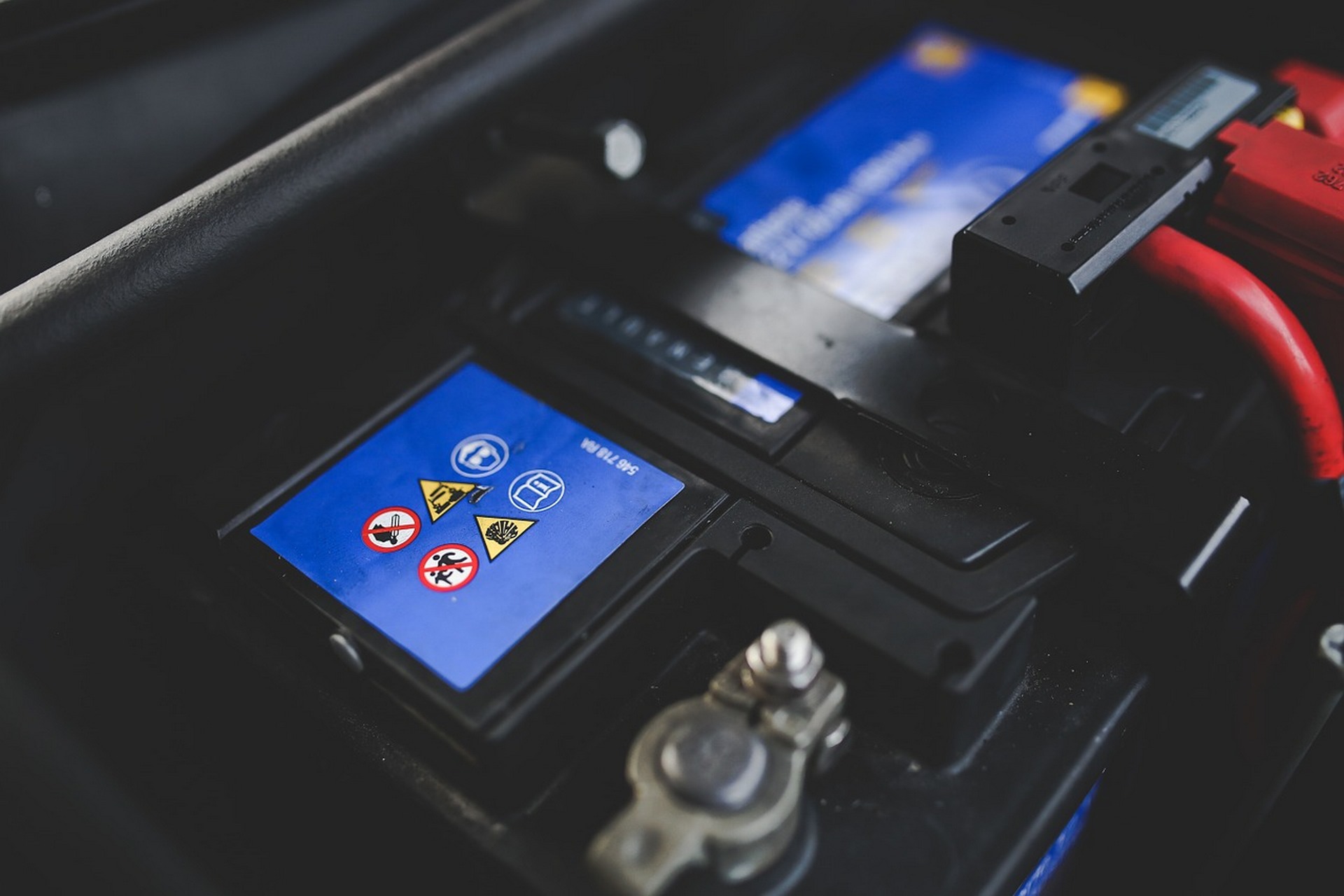How to Check if My Resume is ATS-Friendly
Are you wondering if your resume is ATS-friendly? Modern career search relies heavily on ATS bots. If you want to find a job you genuinely wish for, you need to consider your resume optimization for ATS.
Before building a resume, consider the format of the document. Many applicant tracking systems (ATS) prefer resumes that are in a simple, chronological format. If your resume is in a more complex structure, it may be more difficult for the ATS to parse your information.
Second, take a look at the keywords you’re using. Many ATS use keyword matching to identify relevant resumes. So, your resume may not be flagged as a match if you’re not using the same keywords in the job listing.
Finally, consider the content of your resume. Make sure you’re highlighting your relevant skills and experience. If the ATS is only able to find work experience that’s not related to the job you’re applying for, your resume may not be given a high ranking. The best way to ensure the highest rank is to apply for top resume writing services online to get help in your job search. Let’s explore each of these items closely.
Resume format
When you’re looking to land a job, it’s crucial to have a resume that will stand out to recruiters and get you noticed. One way to do this is to format your resume using keywords specific to your industry and qualifications. This approach will help ensure that your resume appears high in search results and catches the attention of potential employers. While there’s a universal approach to resume keywords, there are some common pieces of advice you can follow to help you get started.
First, look at job postings in your field and identify the most often required skills and qualifications. Next, apply the keywords from the job description in the title, skills, and work experience sections.
Besides using the right keywords, it is essential to format your resume in a way that is easy for recruiters to scan and understand. You should use clear, concise headings and bullet points to emphasize essential information.
Keywords for Applicant Tracking System
Most job seekers know that a great resume is the key to landing their desired job. But what many don’t realize is that potential employers may use an applicant tracking system (ATS) to screen resumes and determine which candidates will move on to the next stage of the hiring process.
To ensure your resume makes it past an ATS and into the hands of a human recruiter, you’ll need to incorporate specific keywords and phrases commonly used by these systems, especially if you search for jobs at Google. Many google jobs look for particular keywords.
It may be your first career test before you engage in the actual career field. Here are some examples of keywords and phrases that you can use in your resume when applying for a job that uses an ATS:
- Strategy
- Consulting
- Budget
- Writing
- Inventory
- Retail
Including these keywords and phrases in your resume will improve your chances of being selected by an ATS system for further review. In addition, be sure to avoid using any jargon or overly technical language that ATS bots may not be able to understand. Keep your resume clear, concise, and focused on your most relevant qualifications and accomplishments. Focus strictly on the job you’re applying for.
Resume content for ATS
When you are in an active job search, you need to be sure to do everything you can to land an interview. One of the best ways to get more interviews is to hire a professional resume writer to craft a winning resume. Resume writers understand what recruiting firms are looking for and how to craft a document that will get you noticed.
They also have the experience and knowledge to ensure your bot-beating resume is keyword-optimized so that it will rank high in applicant tracking systems (ATS).
If you’re serious about landing a job, getting professional help with your resume is an excellent way to invest in your career. It will make your chances of being called in for an interview higher and give you peace of mind. You will know that you’ve done everything possible to put your best foot forward.
Final words
While there’s no one-size-fits-all approach to resume keywords, there are some general tips you can follow to help you get started. First, look at job postings in your field and identify the skills and qualifications that are most often required. Next, include these keywords throughout your resume, including your job titles, skills section, and work experience.
In addition to using the right keywords, it’s also important to format your resume in a way that is easy for recruiters to scan and understand. Short, clear, readable headings and bullet points are essential for an ATS-friendly resume.
By following these tips, you’ll be on your way to creating a resume that will help you get noticed by employers and land the job you want.










